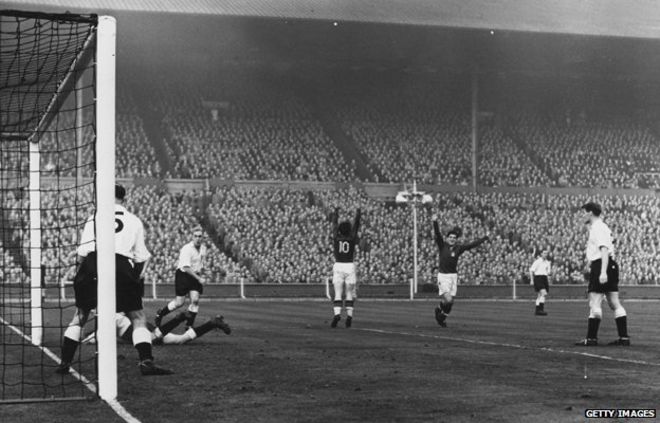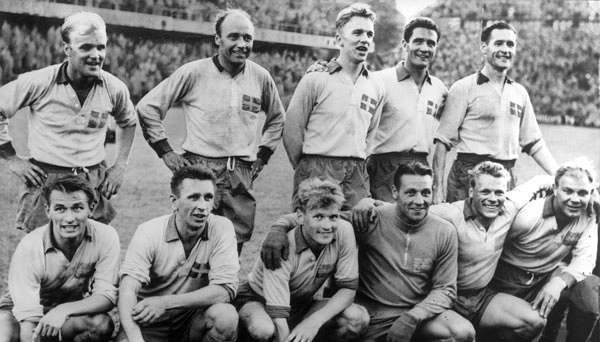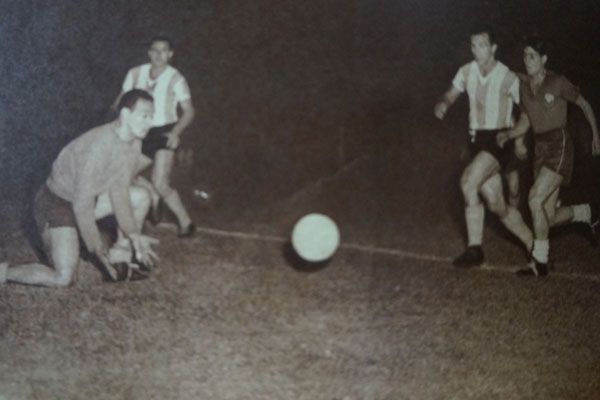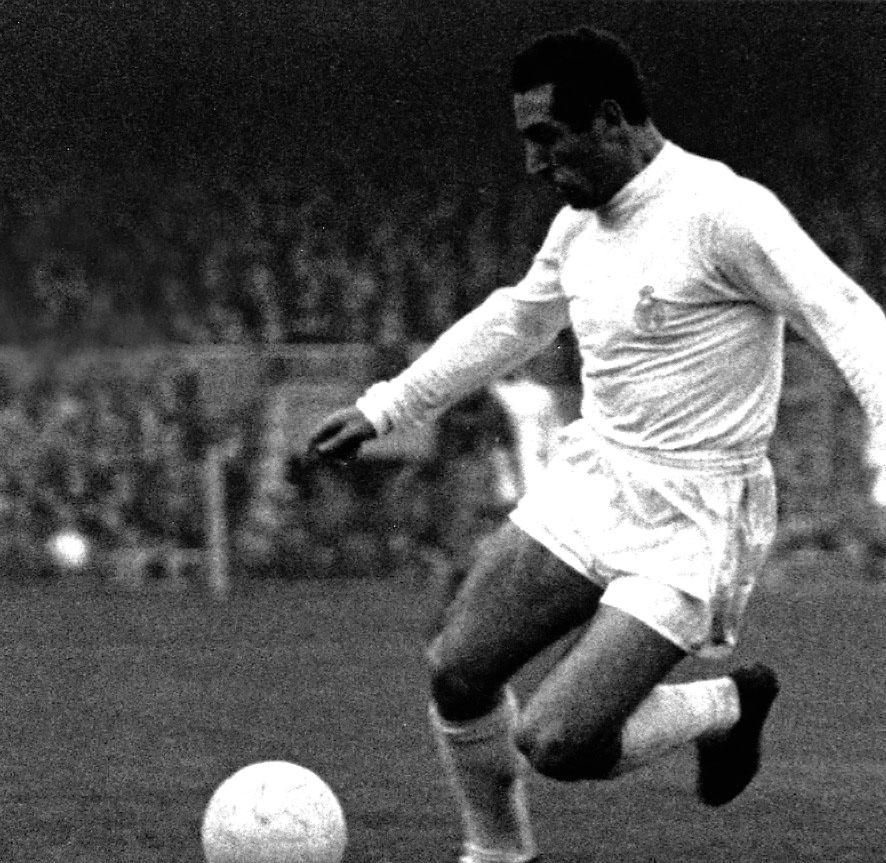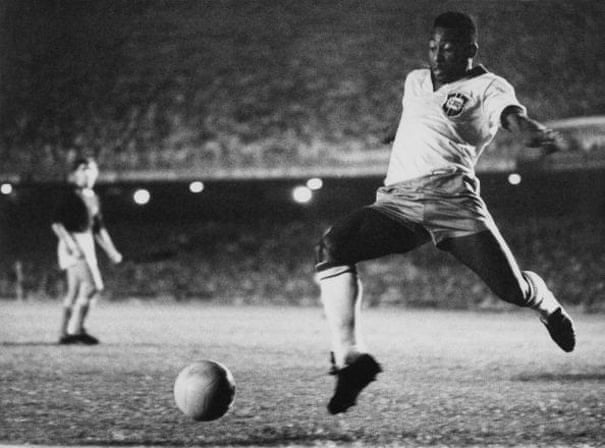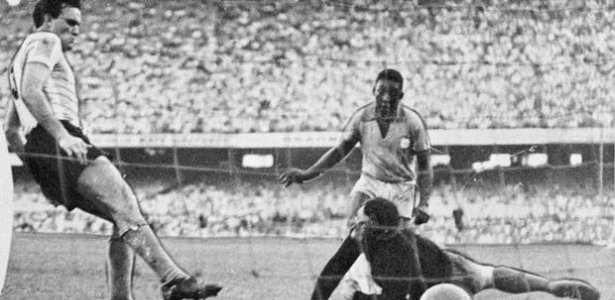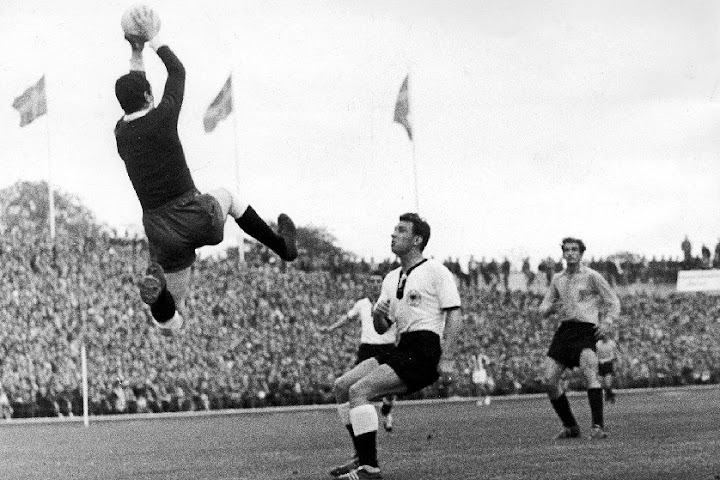Early 1955
An emergency meeting of FIFA is called, as the success of WC 1954 just came in. Most members want a more regular World Cup that would truly represent the best team in the world, while teams could prepare towards the next WC in four years time.
It was then that Gabriel Hanot, editor of french journal L'Equipe, who recently saw his proposition of an inter-european club competition shot down, proposed the format for an inter-country competition, with home and away legs, which would promote competition between the top teams of the world and let rookies shine if the main squad could not make it. The plan was good, however it required several logistical constraints which meant it could not be applied until October 1955, date of the first League of Nations tournament, which would have its finals in Paris for its first edition.
The participants of this first ever Nations League would be:
Hungary, West Germany, England, Austria, Yugoslavia, Italy, Spain, Sweden, Scotland, France and Belgium for Europe
Argentina, Brazil, Uruguay and Paraguay for South America
Taiwan for Asia
The winner would eventually be awarded a golden stripe instead of the golden star on its federation border.
Short Intro, but you get the gist of it, the UEFA Champions League/European Cup is replaced by a Nations League with the same format. The idea is a bit far-fetched, but I thought it could be fun playing with.
An emergency meeting of FIFA is called, as the success of WC 1954 just came in. Most members want a more regular World Cup that would truly represent the best team in the world, while teams could prepare towards the next WC in four years time.
It was then that Gabriel Hanot, editor of french journal L'Equipe, who recently saw his proposition of an inter-european club competition shot down, proposed the format for an inter-country competition, with home and away legs, which would promote competition between the top teams of the world and let rookies shine if the main squad could not make it. The plan was good, however it required several logistical constraints which meant it could not be applied until October 1955, date of the first League of Nations tournament, which would have its finals in Paris for its first edition.
The participants of this first ever Nations League would be:
Hungary, West Germany, England, Austria, Yugoslavia, Italy, Spain, Sweden, Scotland, France and Belgium for Europe
Argentina, Brazil, Uruguay and Paraguay for South America
Taiwan for Asia
The winner would eventually be awarded a golden stripe instead of the golden star on its federation border.
Short Intro, but you get the gist of it, the UEFA Champions League/European Cup is replaced by a Nations League with the same format. The idea is a bit far-fetched, but I thought it could be fun playing with.



